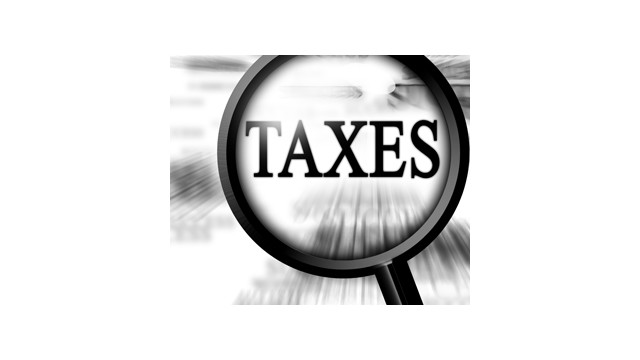Taxes
Tough Tax Law Test for Real Estate Professionals
Generally, investors in activities such as real estate in which they don’t materially participate can only take deductions up to the amount of their passive income for the year.
Dec. 27, 2022

The IRS often scrutinizes large deductions for rental real estate losses claimed by so-called “real estate professionals.” In a new case involving a couple that wholly owned a partnership, Dunn, TC Memo 2022-112, 11/29/22, the Tax Court denied losses because neither spouse met the requisite tax law test.
Generally, investors in activities such as real estate in which they don’t materially participate can only take deductions up to the amount of their passive income for the year. Thus, they can’t claim any annual passive activity loses (PALs), although there’s a limited PAL write-off for real estate investors qualifying as “active participants.”
Normally, you can use up to $25,000 of loss to offset non-passive income if you are an active participant. But the $25,000 offset is phased out for a modified adjusted gross income (MAGI) between $100,000 and $150,000 of MAGI. Note: This phase-out provision is not indexed for inflation.
However, if your real estate activities rise to the level of being a real estate professional, you can deduct a loss against non-passive income, just like any other business. There are two key requirements for qualifying as a real estate pro.
1. More than half of the personal services you perform in all trades or businesses during the tax year are performed in real property trades or businesses in which you materially participate.
2. You must spend more than 750 hours on your real property trades or businesses.
As long as you satisfy this two-part test, real estate activities in which you materially participate aren’t treated as passive activities. But the IRS sticks to the strict letter of the law.
Facts of the new case: A married couple, residents of Georgia, formed a partnership to manage heir real estate properties. Each spouse had a full-time job during the tax years in question.
The couple filed joint tax returns for 2013 and 2014. They reported losses of $85,260 and $48,740, respectively, relating to the real estate properties subject to the PAL rules. The couple produced logs purportedly show their collective rental real estate activities during that time.
The logs show 767 hours worked in 2013 and 407 hours worked in 2014. However, the logs didn’t specify which spouse worked these hours. In addition, the Tax Court said that the hours recorded in the logs were inflated to include hours spent physically present at the properties.
Does either spouse qualify under the test for real estate professionals? The Tax Court examined the facts.
First, the couple contended that they both spent more than one-half of the personal services they performed in a trade or business in real property trades or business. But the Tax Court disagreed. The evidence didn’t support this conclusion.
Second, the couple further argued that they met the 750-hour requirement. To meet this requirement, only one spouse needs to have reached the 750-hour mark. But the Court wasn’t convinced that either spouse satisfied this burden. Accordingly, the Tax Court ruled that the test for real estate professionals wasn’t met.
